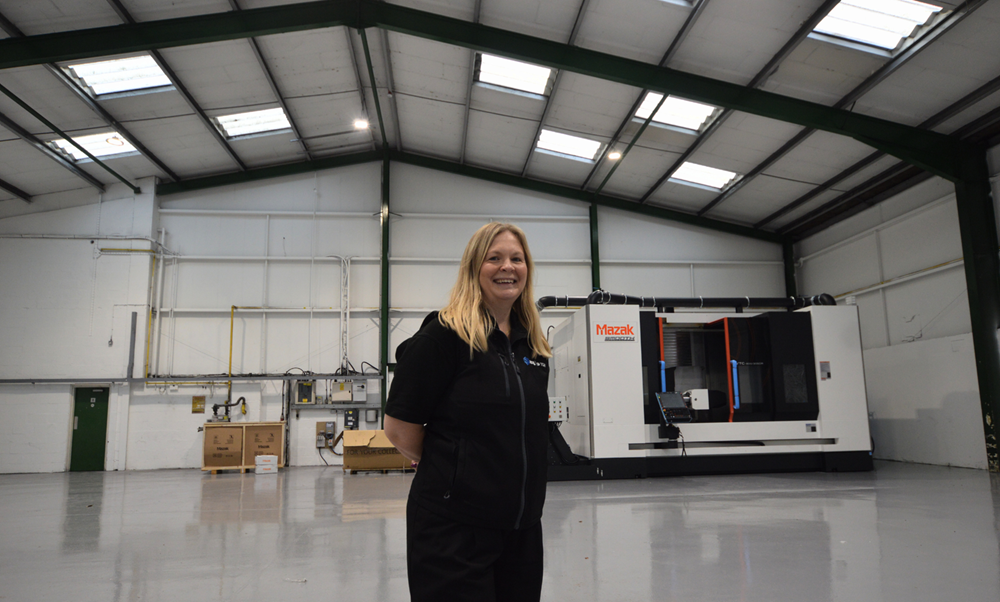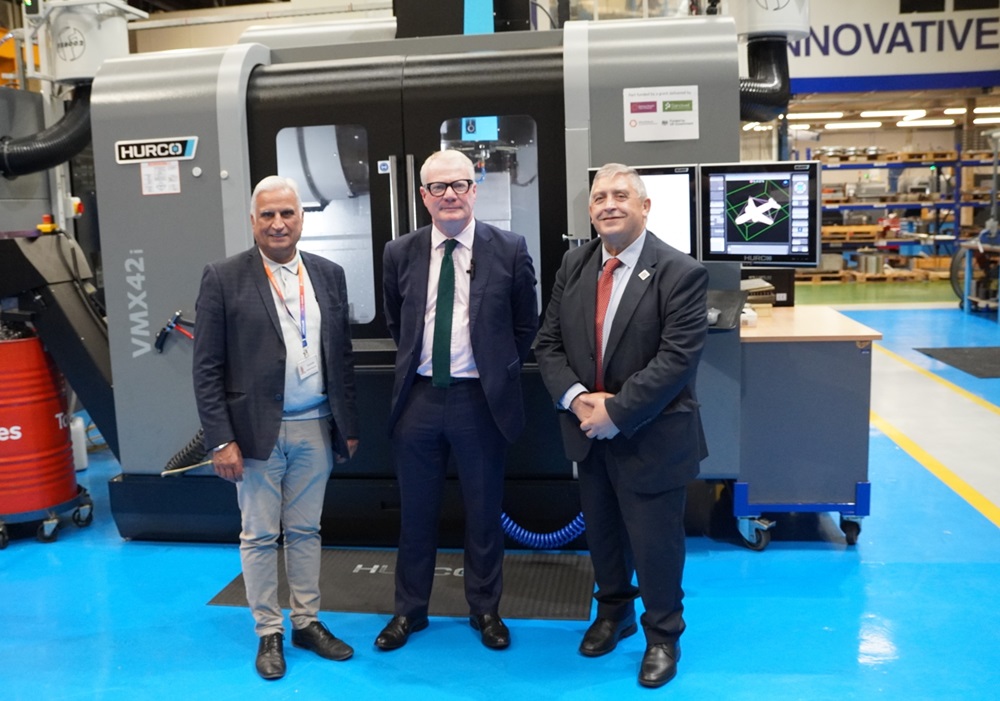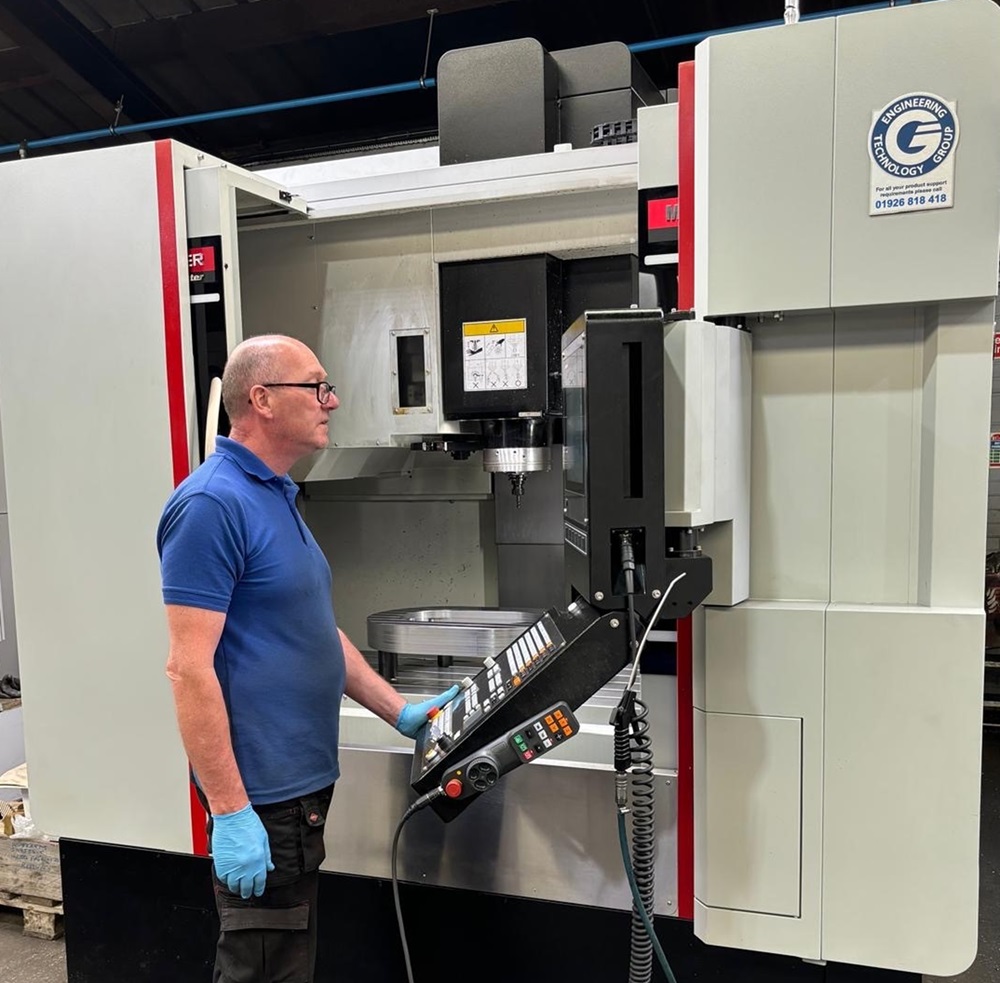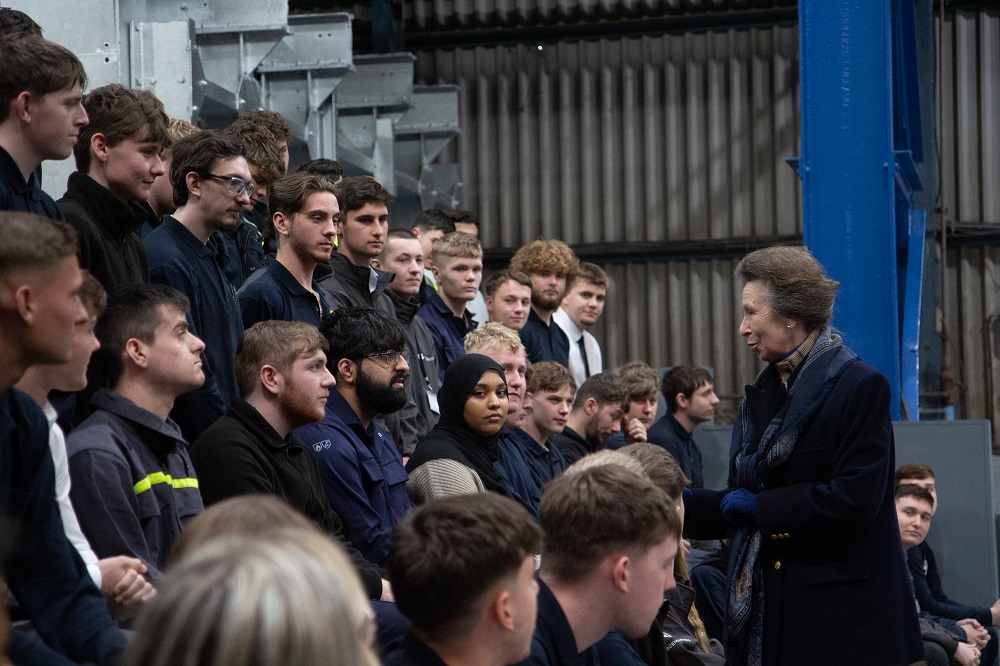As a family-run business that started trading from a small unit near Blackpool town centre, Beechwood Engineering has evolved into a major local manufacturer with a capital investment of more than £1m in the past 12 months. Part of this acquisition trail has seen the company invest in a Quaser MV184EH machining centre from the Engineering Technology Group (ETG).
Managing director Stewart Churchill says: “We produce everything from one-offs to batch runs in the thousands, machining materials from plastics to exotic alloys. While the majority of our machining is complex five-axis work, we produce many jigs, fixtures and parts that do not warrant motion in five axes. For this, we wanted a new three-axis machining centre with a Heidenhain control to replace an older machine as part of our continuous improvement programme.”
Beechwood Engineering has bought several machines from ETG down the years, including a Quaser MV204CPL machining centre back in 2012.
“While that machine has since been moved on, we were very impressed with its performance, rigidity, stability and reliability,” says Churchill. “So, when it came to buying a new three-axis VMC, we didn’t look any further than ETG.”
The 23-employee ISO9001-certified manufacturer still has other machines from ETG on its shop floor, such as a Nakamura-Tome NTRX-300 multi-axis turning centre, so it is fully aware of the quality and service available. Both were factors in the company’s latest acquisition.
“The key drivers in installing our Quaser MV184EH were an updated and more productive platform for programming, setting up jobs and holding tight tolerances. Since the machine was installed, it’s been running day and night, machining parts such as complex jigs and fixtures. It also produces valves, plates and other parts for the oil and gas industry.”
More information www.engtechgroup.com



















